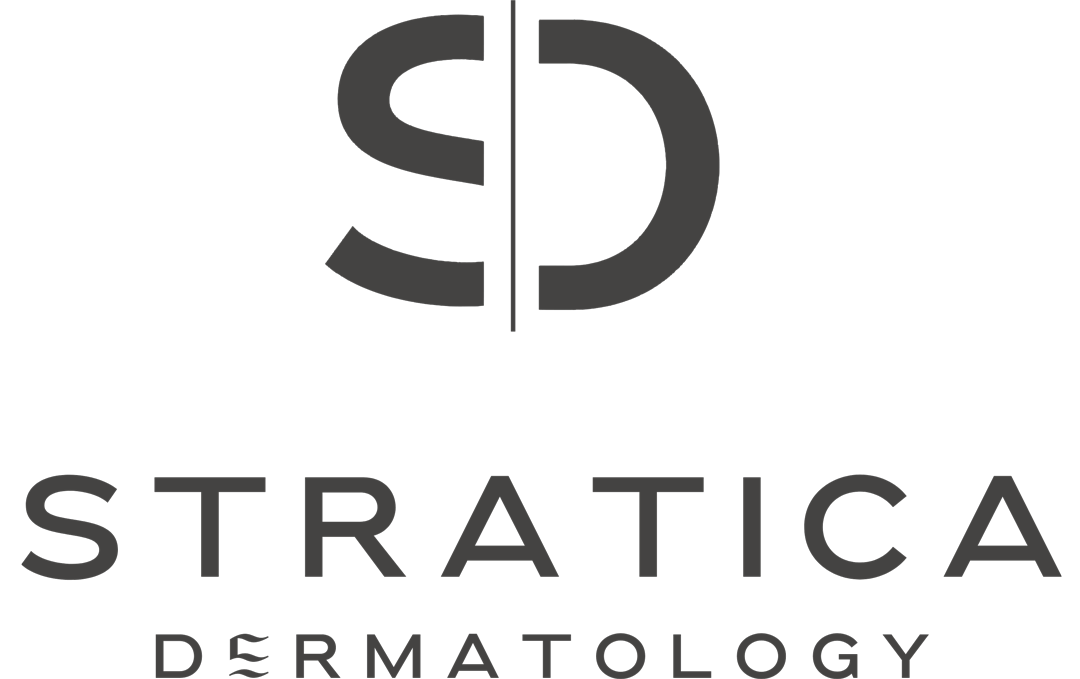What is TMJ?
The temporomandibular (tem-puh-roe-man-DIB-u-lur) joint (TMJ) acts like a sliding hinge, connecting your jawbone to your skull. You have one joint on each side of your jaw. TMJ disorders — a type of temporomandibular disorder or TMD — can cause pain in your jaw joint and in the muscles that control jaw movement.
Common Causes of TMJ
The temporomandibular joint combines a hinge action with sliding motions. The parts of the bones that interact in the joint are covered with cartilage and are separated by a small shock-absorbing disk, which normally keeps the movement smooth.
Painful TMJ disorders can occur if:
- The disk erodes or moves out of its proper alignment
- The joint’s cartilage is damaged by arthritis
- The joint is damaged by a blow or other impact
In many cases, however, the cause of TMJ disorders isn’t clear.
How to treat TMJ?
In some cases, the symptoms of TMJ disorders may go away without treatment. If your symptoms persist, your doctor may recommend a variety of treatment options, often more than one to be done at the same time.
Medications
- Pain relievers and anti-inflammatories
- Tricyclic antidepressants
- Muscle relaxants
Therapies
- Oral splints or mouth guards (occlusal appliances)
- Physical therapy
- Counseling
Surgical or Other Procedures
- Arthrocentesis
- Injections
- TMJ arthroscopy
- Modified condylotomy
- Open-joint surgery
